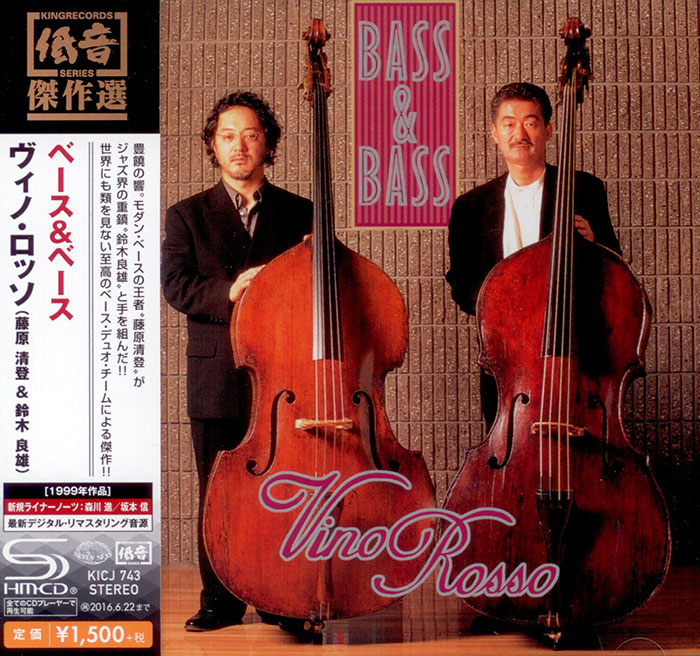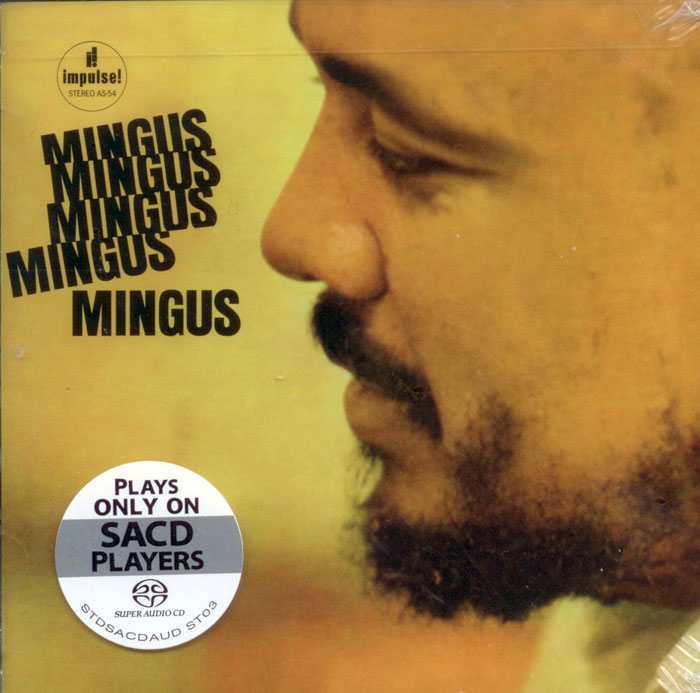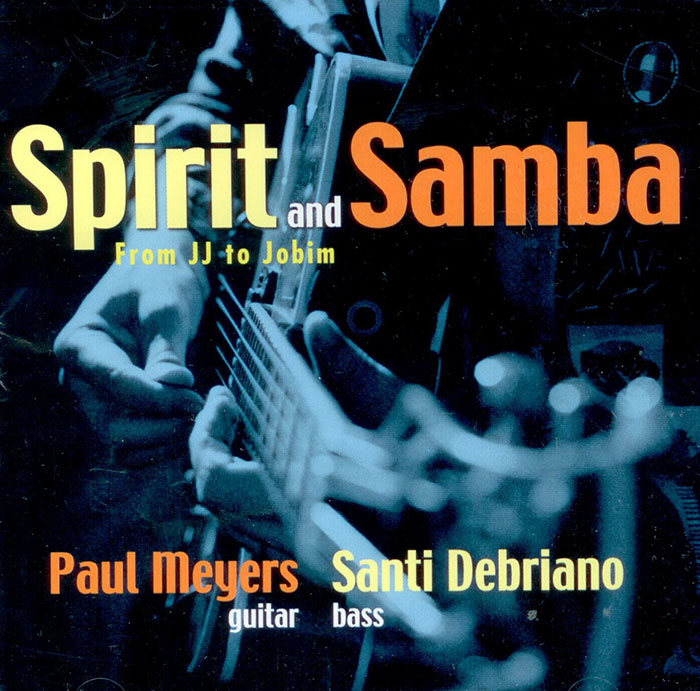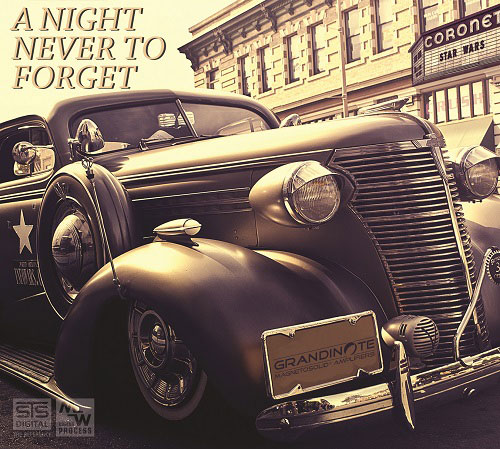Logowanie
KOLEKCJE!
BACH, CHOPIN, LISZT, MOZART, GRIEG, Dinu Lipatti, Otto Ackermann, Ernest Ansermet
The Master Pianist
PROKOFIEV, CHOPIN, TCHAIKOVSKY, SCHUMANN, BEETHOVEN, Martha Argerich, Claudio Abbado, Giuseppe Sinopoli
The Concerto Recordings
The Collection 2
Jakość LABORATORYJNA!
ORFF, Gundula Janowitz, Gerhard Stolze, Dietrich-Fischer Dieskau, Deutsche Oper Berlin, Eugen Jochum
Carmina Burana
ESOTERIC - NUMER JEDEN W ŚWIECIE AUDIOFILII I MELOMANÓW - SACD HYBR
Winylowy niezbędnik
ClearAudio
Essence MC
kumulacja zoptymalizowana: najlepsze z najważniejszych i najważniejsze z najlepszych cech przetworników Clearaudio
Direct-To-Disc
PIAZZOLLA, ChamberJam Europe
Tangos del Ángel y del Diablo
Direct-to-Disc ( D2D ) - Numbered Limited Edition
Kiyoto Fujiwara, Yoshio Suzuki
Bass & Bass
Vino Rosso - Bass & Bass
01. Sky & Sea (8:09)
02. Blue Monk (5:21)
03. Concierto de Aranjuez (5:14)
04. Flower Mountain (5:00)
05. E Lucevan Le Stelle - Caruso (4:59)
06. Winter's Tale (6:20)
07. Mona Lisa (3:43)
08. Besame Mucho (4:34)
09. Morning Of Carnival (8:40)
10. Things Ain't What They Userd To Be (5:30)
- Kiyoto Fujiwara - double bass
- Yoshio Suzuki - double bass
Kiyoto Fujiwara - gra na Galiano, XVIII, Neapol - lewy kanał; Yoshio Suzuki - na Postacchini, XIX, Ferno - prawy kanał.
Suzuki, Yoshio (Chin), bassist, pianist; b. Nagano, Japan, 21 March 1946. Yoshio Suzuki's mother was a piano teacher and his father the owner of the famous Suzuki Violin Factory. His uncle is, in addition, one of the world's foremost violin teachers, and author of the renowned Suzuki Method.
Surrounded by musical influence, Yoshio began playing violin and piano at an early age and later also took up the guitar in high school. At Waseda University, he joined the jazz band as pianist, Entered Watanabe Sadao's Yamaha Music School after graduation from Waseda. While studying jazz theory with Sadao Watanabe, Watanabe suggested Yoshio switch to bass as his main instrument. He did, and in 1969, he joined Watanabe's band as bassist. He also played bass with Masabumi Kikuchi's band, which was equally prominent in Japan at the time.
In 1973, he moved to New York and between 1974 and 1980, played with world famous jazz musicians such as Stan Getz, Art Blakey and the Jazz Messengers, and the Bill Hardman & Junior Cook Band. He also performed with Sonny Rollins, Lee Konitz, and Chet Baker. At the same time, he formed his own band with sax player Dave Liebman, which became well known on the New York circuit. While his performing and recording career kept him busy, Yoshio still took the time to study composing and arranging at the Juilliard School of Music. This helped him to further incorporate his Japanese cultural heritage with his classical music training and his passion for jazz.
In 1984 or 1985, Yoshio returned to Japan to form his own band, Matsuri and, from 1992 on, East Bounce.
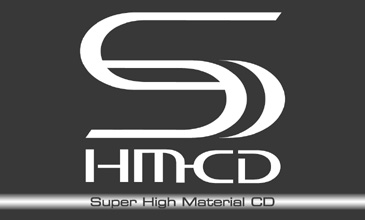
>>> Płyty SHM-CD do odtworzenia we wszystkich typach czytników CD oraz DVD. Gwarantują niespotykaną wcześniej analogową jakość brzmienia, odwzorowują wszystkie walory taśmy-matki. <<<

























